AI Art Angers Artists
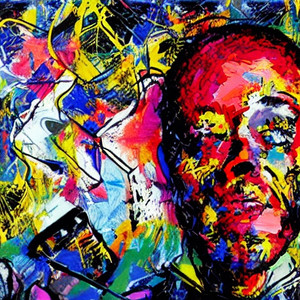
DeepAi
Art is seen as a way to express creativity and individuality that cannot be described in words. Throughout the ages, art always had one thing in common; humans had created it. A living, breathing person had come up with an idea and created something that will continue to exist and inspire future generations. Finishing a piece of art could take hours to days to months. However, the creation of artificial intelligence and its rapid growth has led to AI art becoming a new trend and substitute for handmade art. Creating AI art only takes a few minutes, maybe even less. AI art generation sounds lovely, but many have voiced outrage and concern over the newest development in artificial Intelligence.
One of the reasons why many dislike AI art generation is because of the possibility that AI could deteriorate the art profession. The average salary of an artist in the United States is around $42,000, which is a lower wage in America. So, the thought of artificial intelligence taking away an already suffering job leaves many with a sour taste. This fact has worried more as it was revealed that Netflix’s short anime film, “Dog and Boy,” used AI-generated images for the background of the short.
The backlash that Netflix received led to them posting a tweet saying, “As an experimental effort to help the anime industry, which has a labor shortage, we used image generation technology for the background images of all three-minute video cuts!”
Netflix’s tweet did not quell the anger and posed even more questions as many believe this is a way to cut costs, which is why AI-generated art is so popular. It is way cheaper than hiring a person to draw and waiting a long time for the artwork, so people would go to an AI art website and get an image from there instead.
Another reason why the art community hates AI art is because AI can only mimic art from existing artwork pieces. This is plagiarism but not done by a human. Instead, it is being done by an artificial intelligence that scours the internet for images, regardless of whether it is watermarked or copyrighted. Then, the AI combines it with others to create a piece that can only be described as a mimic of true art. There are also no laws to stop these AI from using watermarked and copyrighted photos for themselves, so basically, the AI are taking these images and pieces of art without permission from the owner. Unsurprisingly, since the AI is stealing images, multiple mentions of lawsuits and legal action have been taken against the companies of these image generation websites. Earlier this year, Getty Images filed a lawsuit against Stable Diffusion, a popular AI art generator, for copyright infringement. The images generated by Stable Diffusion are hilarious and horrifying, with one having two soccer players fight for the ball with deformed faces. The funniest part is that the Getty Images watermark was also generated in the bottom right corner. It mimicked the watermark.
The last reason is the fact that in most AI-generated images, especially in human figures, the AI messes up many anatomical parts of the body. For instance, there are too many hands, toes, fingers, or legs; the faces of the people are mangled like ice cream cake that was left out in the sun and put back into the freezer. Sometimes the bodies in the images are bent and malformed, with a leg bent backward and a foot in the front. The person who asked for this image did not want the person to have legs like this, so why even bother with AI that does not understand human anatomy? Do not hire an AI to make art; hire a human who has seen legs to do it.
Your donation will support the student journalists of Green High School. Your contribution will allow us to purchase licensing, equipment, software, and cover our annual website hosting costs.


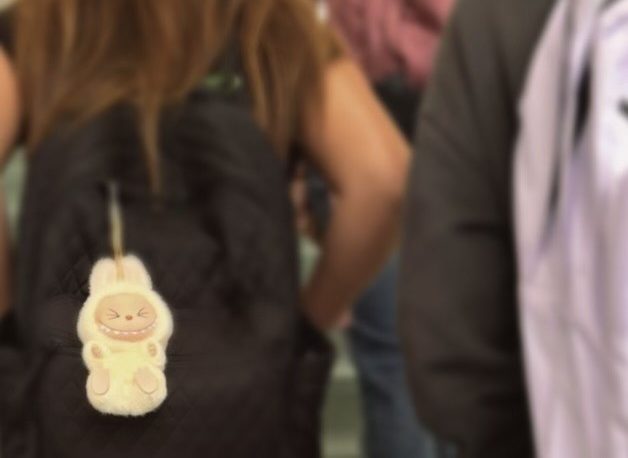




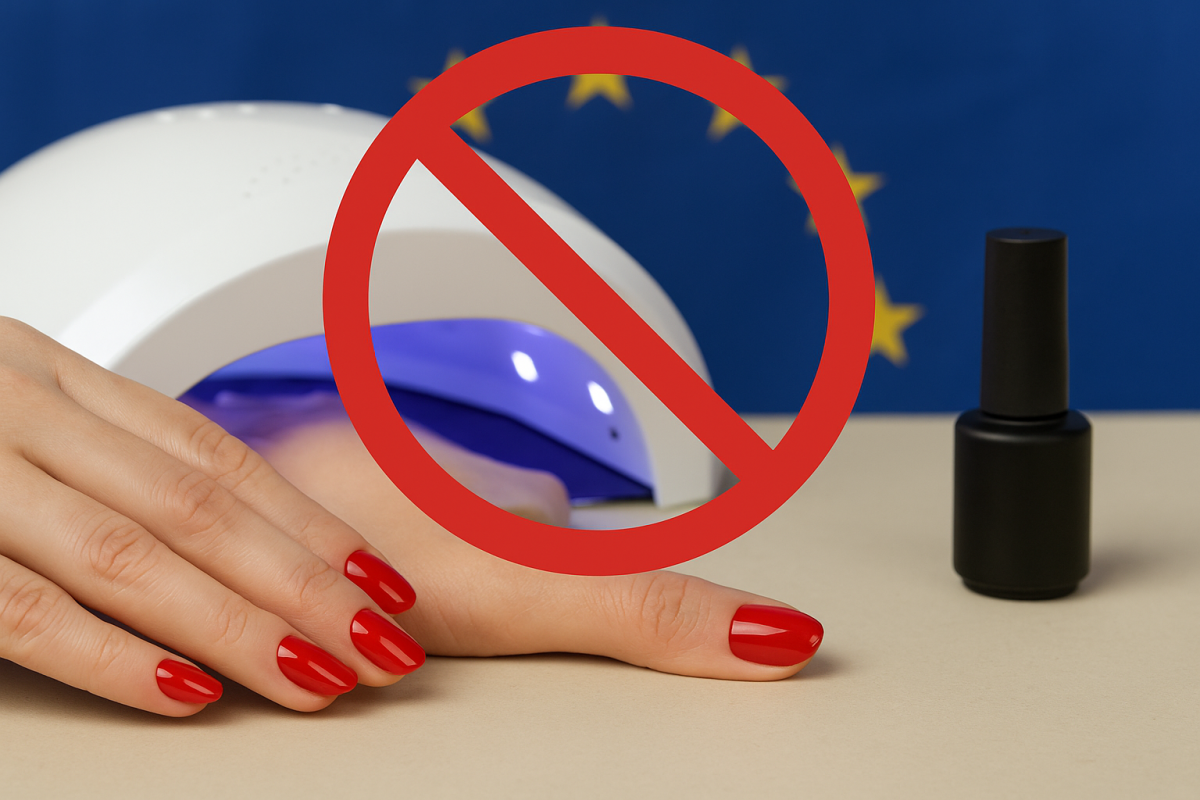
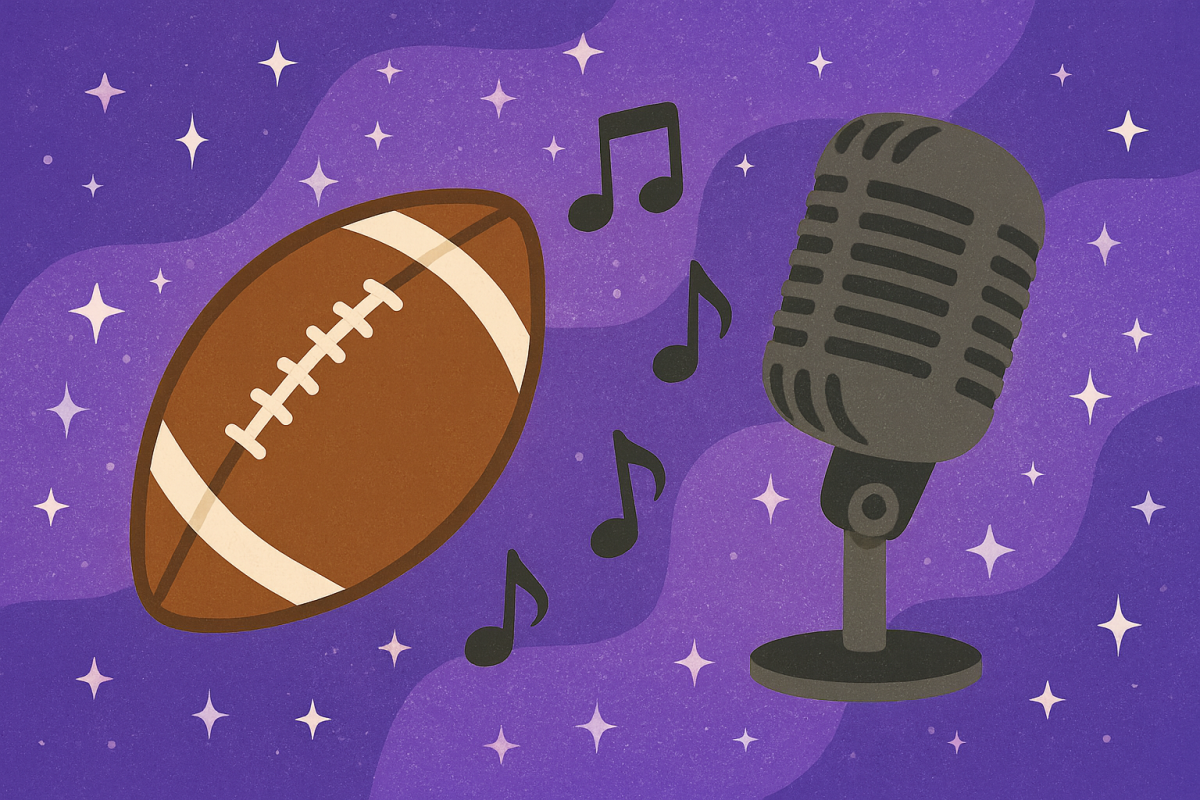

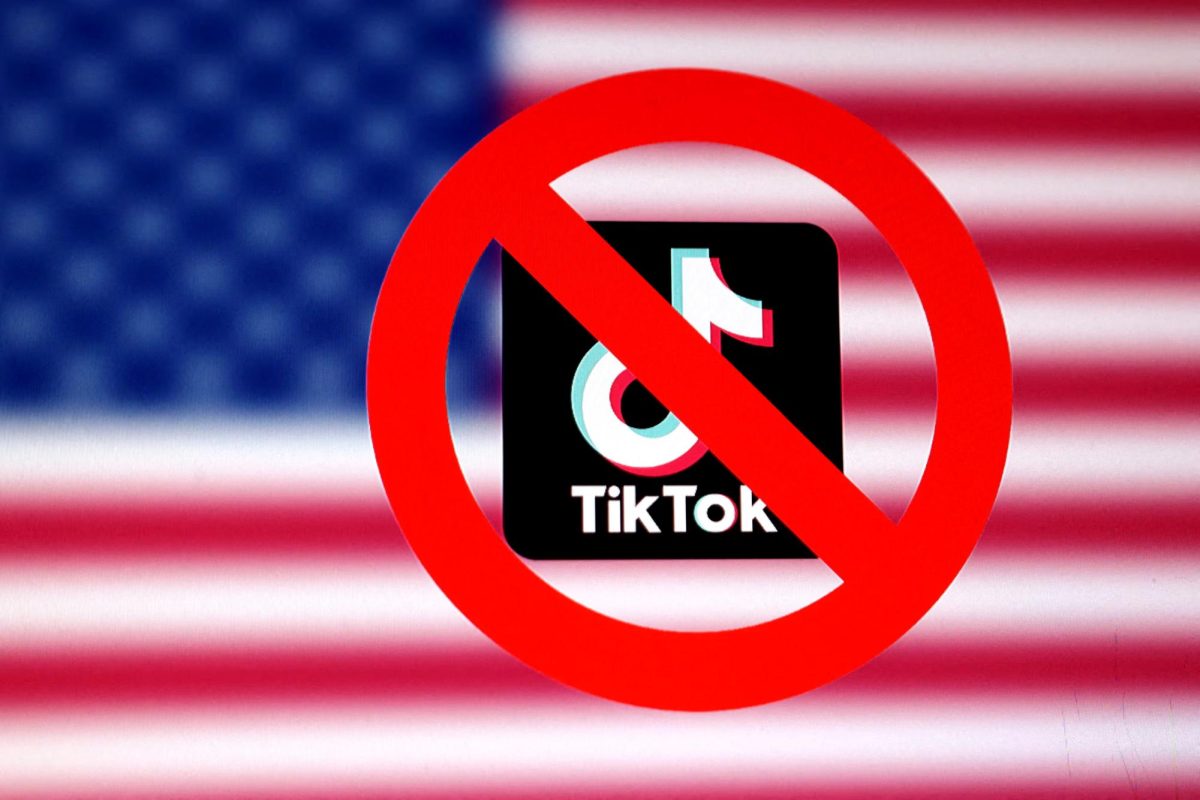


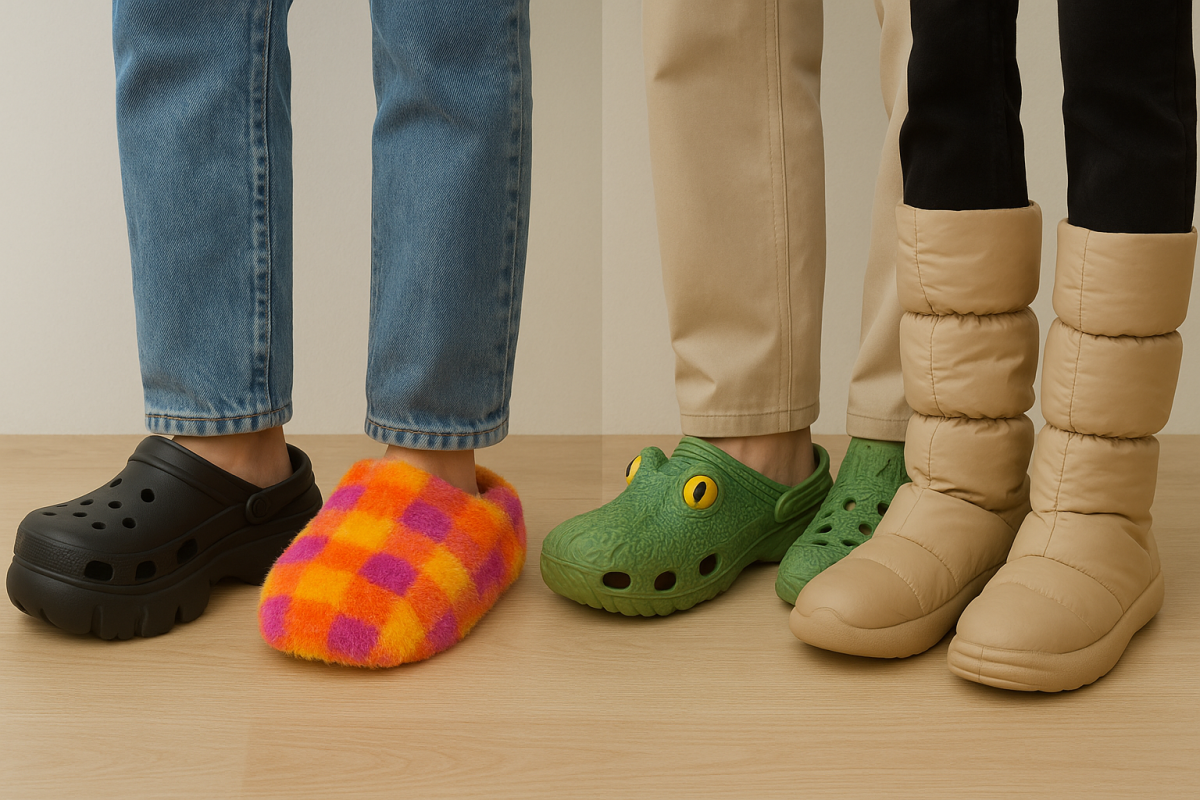
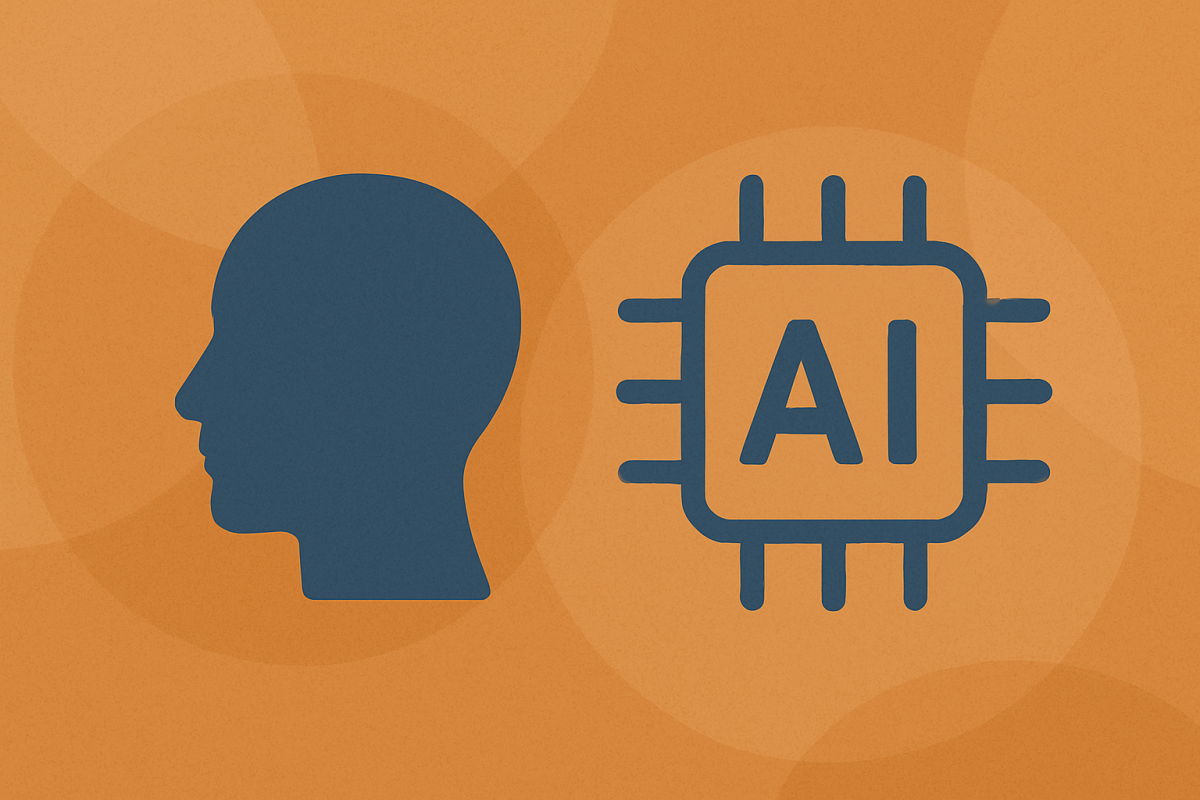
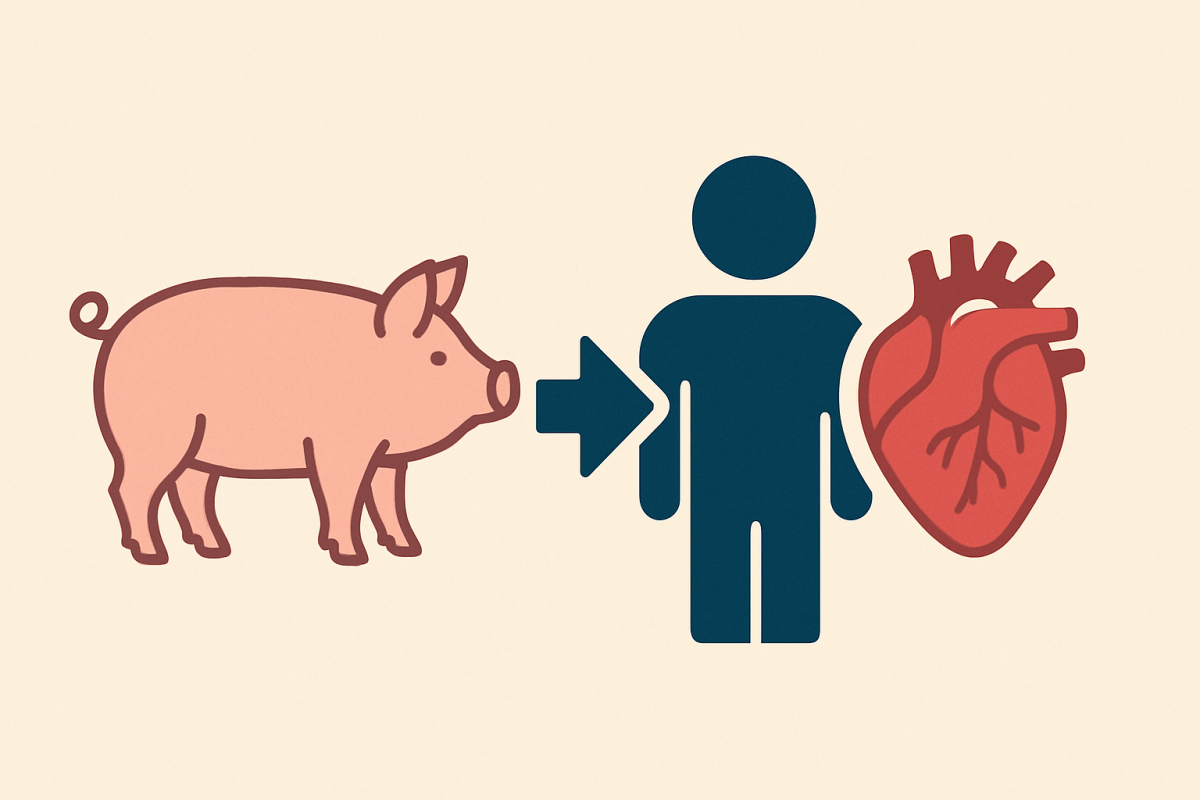
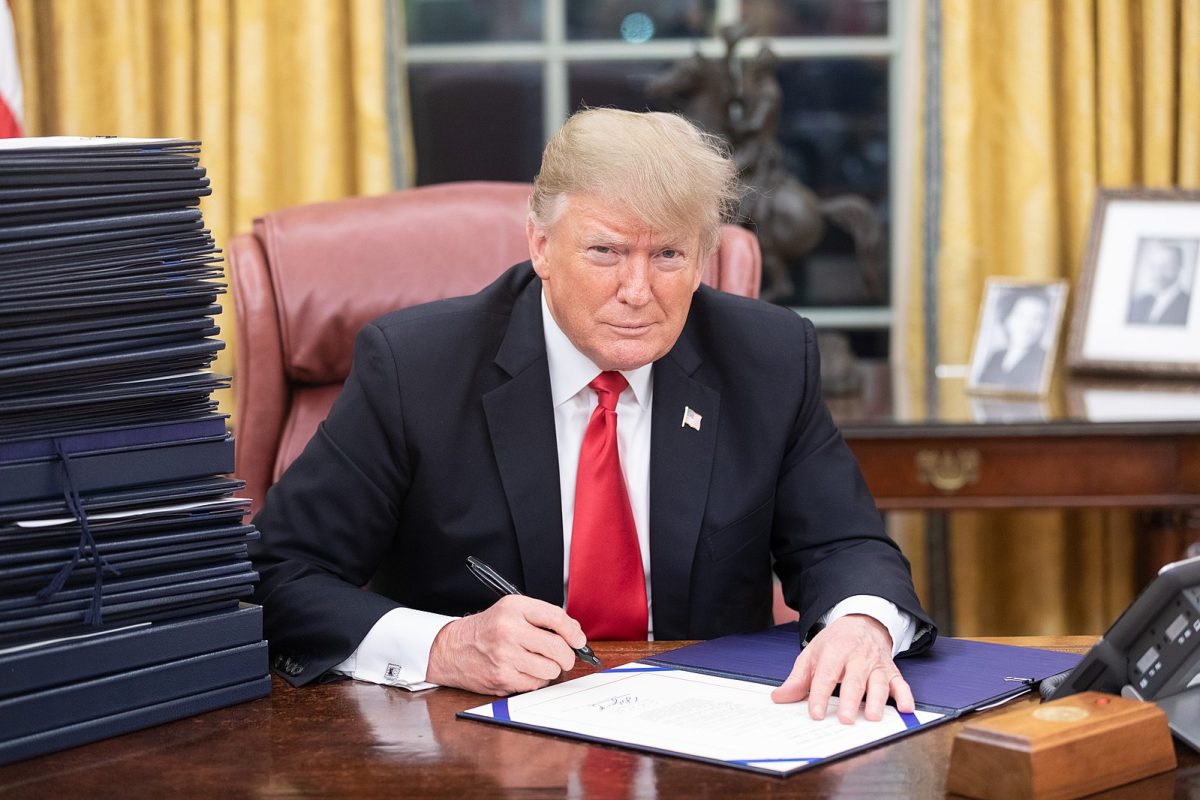
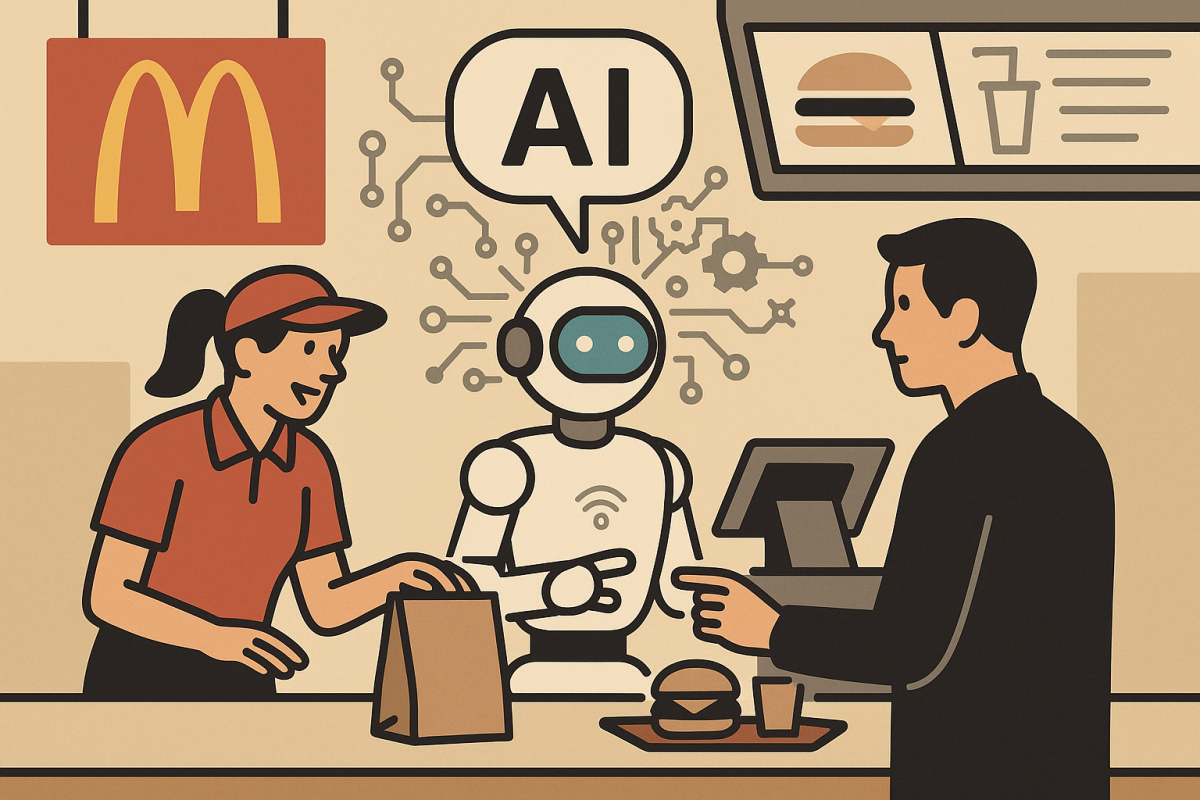
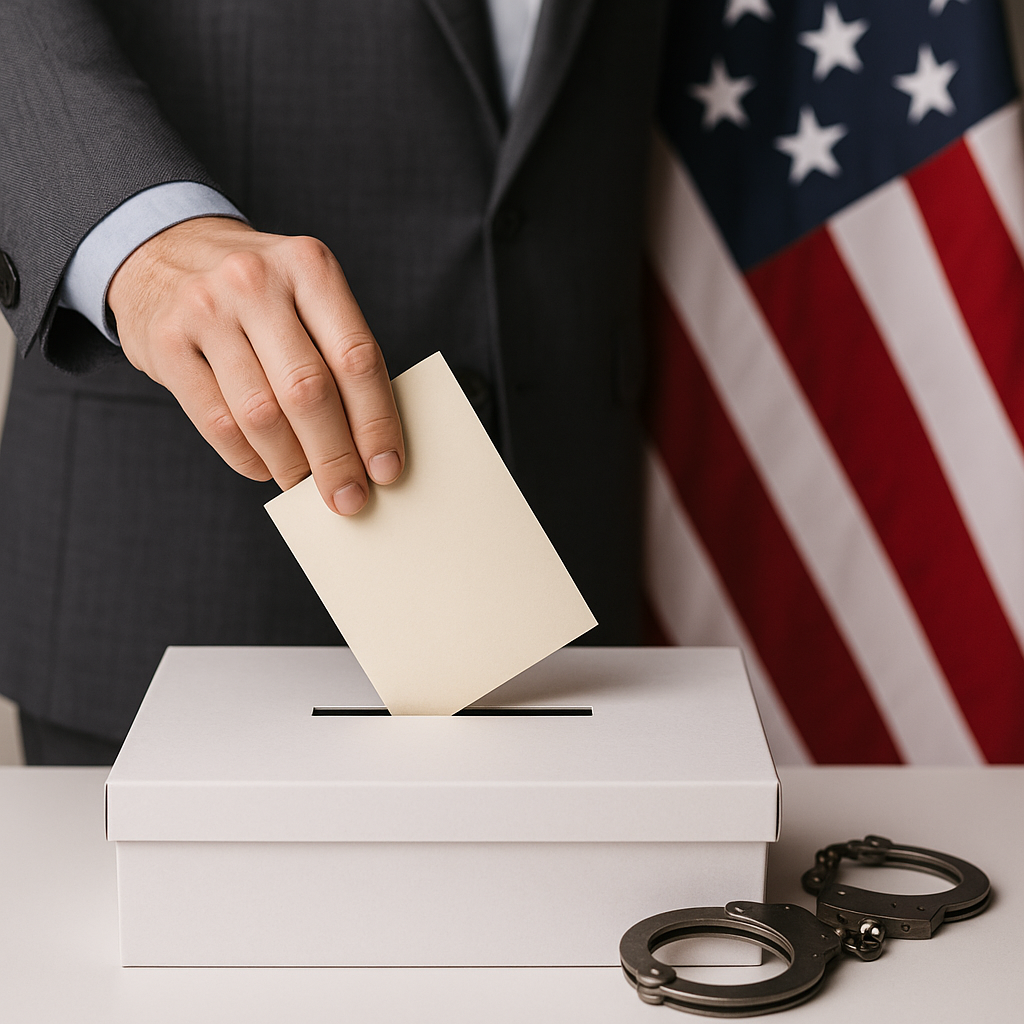
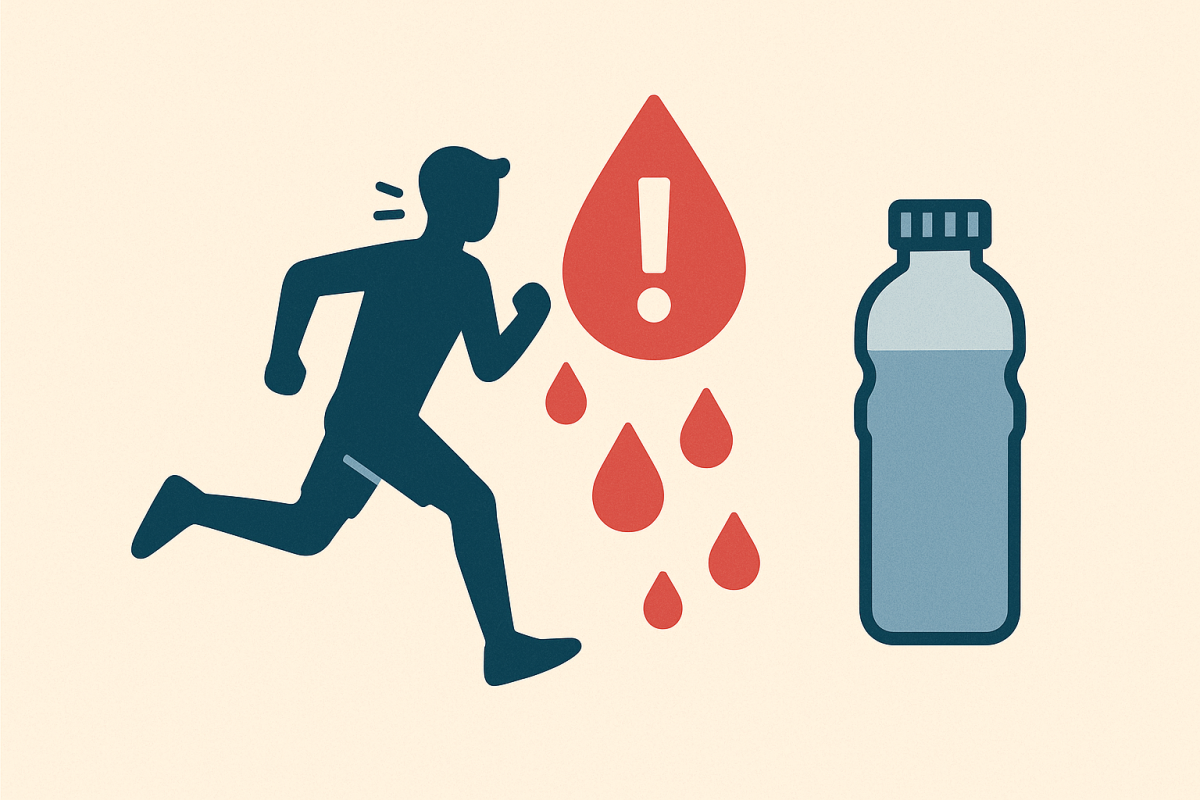

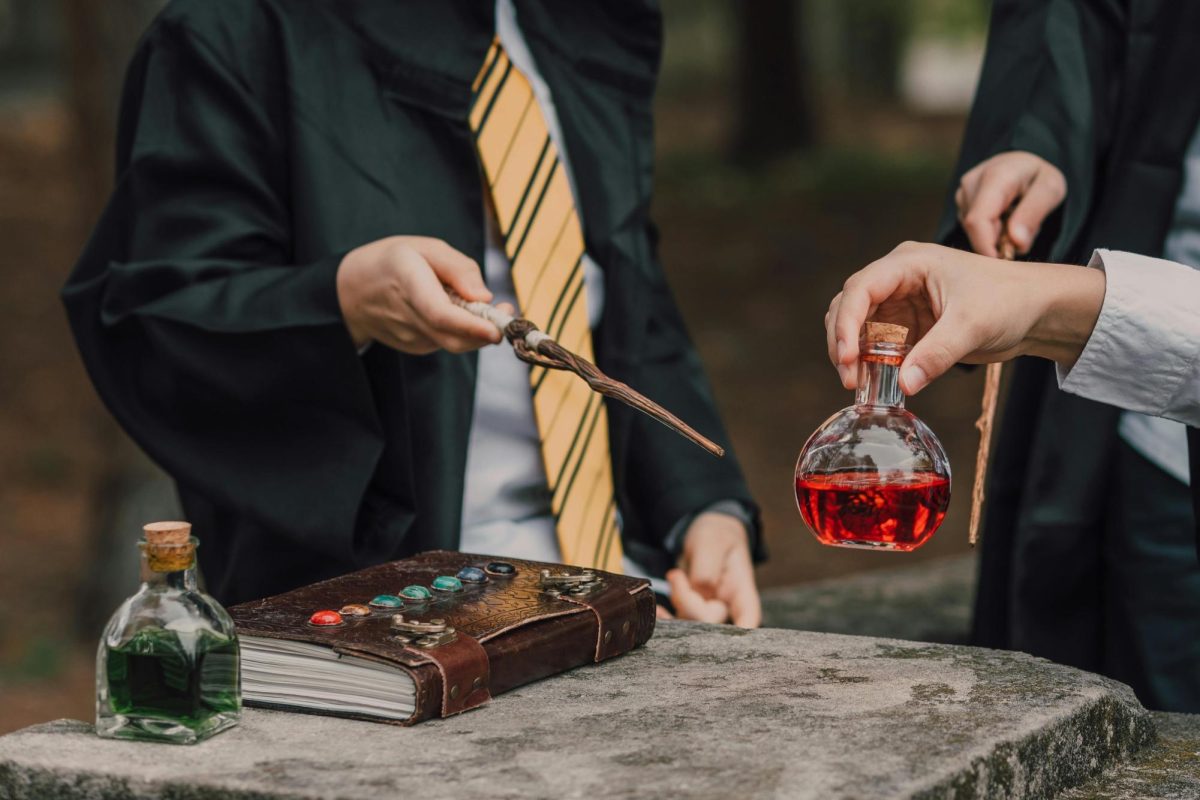

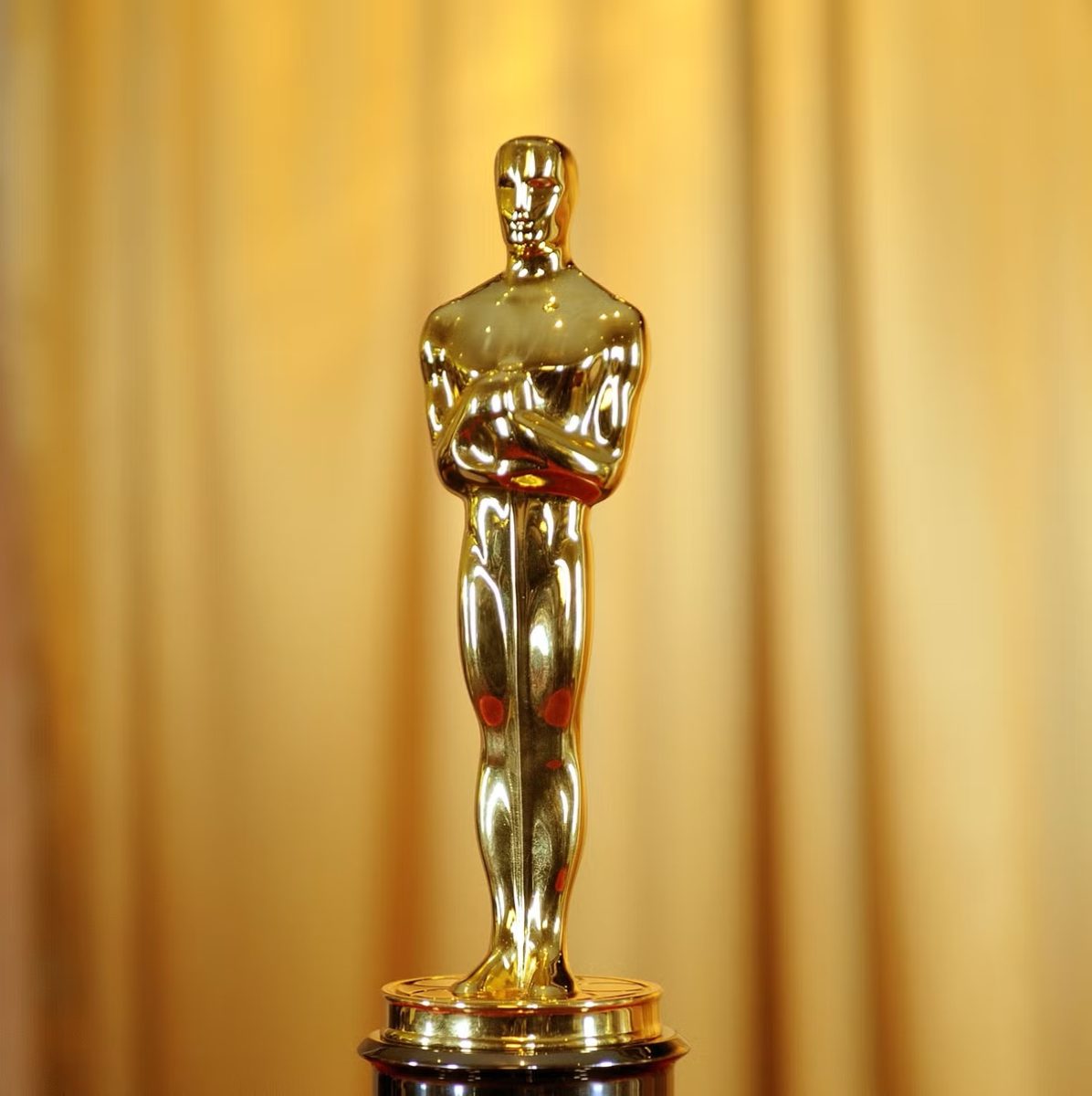







Kyle • Apr 11, 2023 at 5:35 pm
Pretty cool article